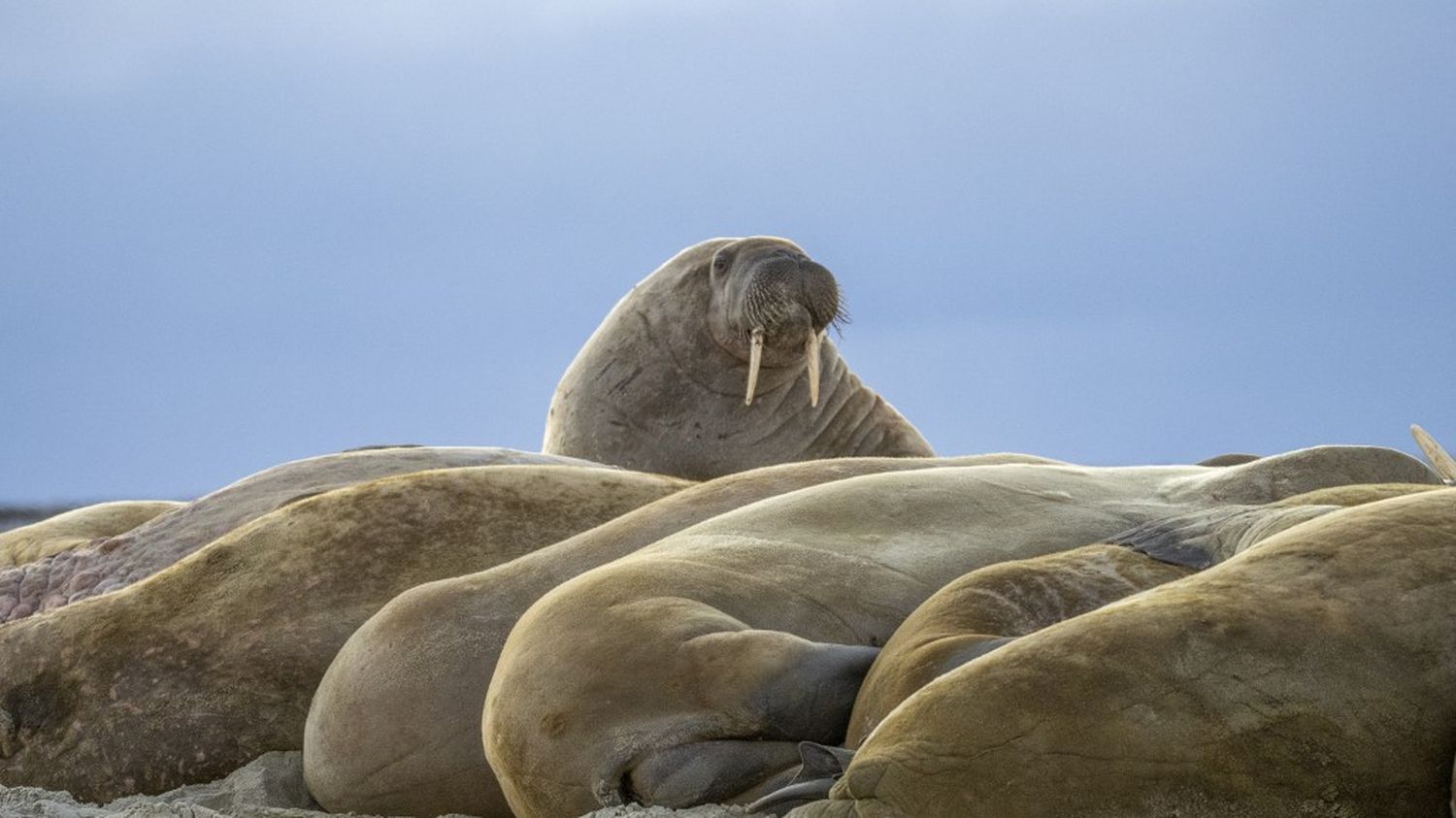Far from being a disease only affecting poultry, avian flu now affects a large number of mammal species.

Published
Update
Reading time: 1 min

The list of animal victims of avian flu is only growing. After foxes, pumas, seals and raccoons, it is now a walrus, found dead last summer on the Norwegian archipelago of Svalbard in the Arctic, which has succumbed to the virus. After analysis in a German laboratory, a sample taken from the animal which was lying on the island of Hopen made it possible to establish that the animal had been contaminated by the virus, commented to AFP Christian Lydersen, researcher at the Norwegian Polar Institute. “This is the first time that avian flu has been recorded in a walrus”, he insisted, Monday April 29. The sample collected was too small to determine whether it was the H5N1 or H5N8 subtype.
Half a dozen dead walruses were reported last year on Svalbard, located a thousand kilometers from the North Pole. “It is not unlikely that some of them also contracted bird flu”noted Christian Lydersen.
Contamination risks also weigh on polar bears
Walruses, whose weight can reach up to two tonnes, feed mainly on molluscs, shellfish and crustaceans but also, occasionally, on seabirds. The researcher insisted on the importance of monitoring the situation, as walruses tend to group together as the sea ice begins to melt as the summer period approaches.
There are also risks of contamination for polar bears if they were to feast on the carcass of an infected walrus, Christian Lydersen stressed. The avian flu epidemic has been wreaking havoc again since 2020. It has already caused the death of a polar bear in Alaska, according to American authorities, and hundreds of thousands of marine mammals have perished because of this virus in South America. , according to the Scientific Committee on Antarctic Research.
